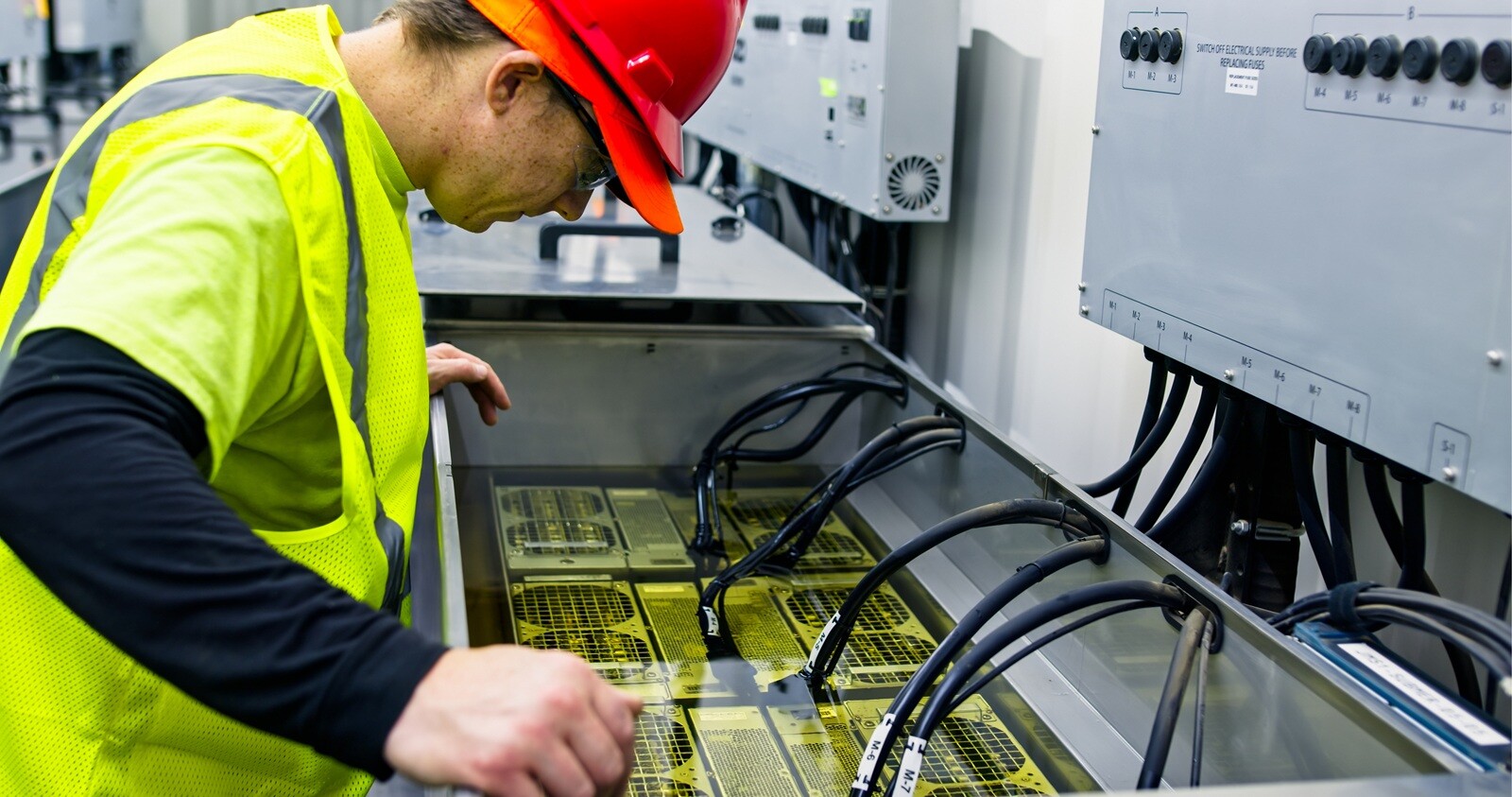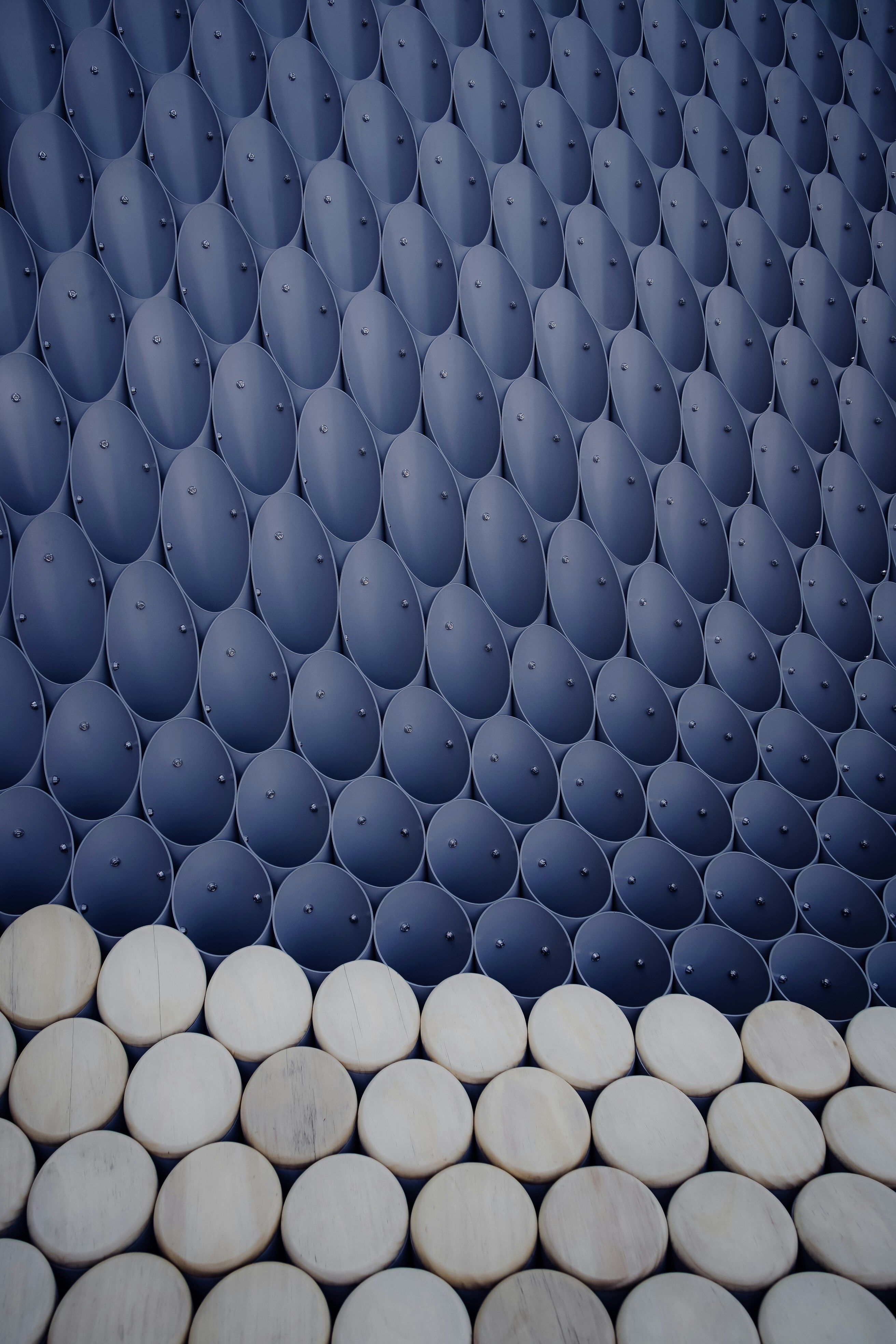BLOG
Nortek announces 5MW CDU for liquid cooling
Nortek has announced a new Cooling Distribution Unit (CDU) for liquid-cooled data centers.
The company recently announced the launch of its Skidded CDU, a liquid cooling solution engineered for high-density AI, HPC, and hyperscalers and designed to scale beyond 5MW.
The company said the CDU is configurable from 1MW to more than 5MW in the base offering, with the ability to scale beyond 10MW with interconnected modules.
“As data centers move to liquid cooling, we are seeing a shift to move faster, scale smarter, and keep things simple,” said Thomas Steen, CTO of Nortek DCC. “The skidded CDU is all about giving customers that flexibility. It’s bigger, easier to service, and built to scale as capacity and needs grow.
Part of Madison Air, Nortek offers various air and liquid cooling solutions for industrial users. It has a cleanroom unit for semiconductor and life sciences customers, and its Nortek DCC unit serves data center customers. The company’s previous CDU offered cooling capacities of 300kW to 1.2MW.
Nortek DCC has also partnered with Empyrion Digital, deploying the former’s StatePoint liquid cooling tech at Empyrion’s 29.4MW KR1 Gangnam data center in Seoul, South Korea.
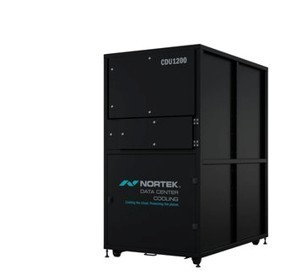
Schneider Electric and Motivair unveil first joint liquid cooling portfolio
Schneider Electric and Motivair have unveiled a new set of liquid cooling solutions for AI data centers, including a cooling distribution unit (CDU) capable of managing 2.5MW of processing power.
The companies said the liquid and air-cooled portfolio will “meet the power and GPU-intensive demands of high-density data centers reliably, and at scale.”
As part of the announcement, Motivair said it can now offer CDUs scaling from 105kW to 2.5MW. Its previous top capacity was 2.3MW. Motivair technology is in use in six of the world’s top ten supercomputers, the companies said.
Motivator’s latest ChilledDoor rear door heat exchange can cool rack densities up to 75kW, while the vendor’s Liquid-to-Air Heat Dissipation Unit (HDU) is designed for AI accelerators, colocation environments, or labs where water is not readily available. It can apparently deliver 100kW in a footprint just 600 millimeters wide, and is also capable of creating a water loop to cool up to 132kW of cooling capacity. This, it is claimed, makes it the best-performing machine of its kind on the market.
The portfolio is supported by Schneider’s software, hardware, and manufacturing ecosystem, which the companies hope will make an enticing proposition for data center operators seeking power and cooling solutions.
The launch comes at a time when competition in the liquid cooling market has never been fiercer, with vendors queuing up to meet the demands of the increasingly dense racks in AI data centers. The likes of CoolIT and Boyd have debuted new CDUs in recent months, while Flex-owned JetCool announced a modular system last week.
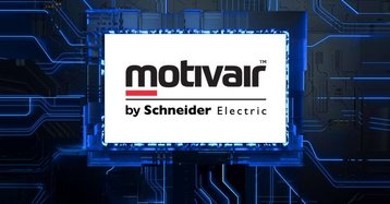
Fourier launches, offering liquid-cooled prefab data center modules
Fourier offers prefab containerized pods
A new company, Fourier Cooling, has launched, offering prefabricated liquid-cooled data center modules.
The company has launched with a portfolio of prefabricated, containerized data center solutions engineered for AI and HPC workloads.
Fourier said its modular modules are built to Tier III standards and can accommodate rack densities from 40kW to more than 200kW through immersion, direct-to-chip, and fan-wall cooling technologies.
The company also launched a cold plate container that comes with a fully integrated chiller system.
The prefabricated containerized direct-to-chip system is integrated with a chiller plant inside the module that can offer 500kW per container.
SuperX launches prefab data center offering
In other prefab news, Super X AI Technology Limited (SuperX), a Singaporean AI infrastructure solutions provider, has launched its own prefab data center offering.
The SuperX Modular AI Factory is a prefabricated 6,000 sqm (64,583 sq ft), 20MW data center module, the firm says, that integrates compute, cooling, and power systems and can be deployed in less than six months.
The module includes six SuperX NeuroBlock core compute units, supporting up to 144 Nvidia GB200 NVL72 systems in total, as well as integrated power and cooling units.
The modules feature SuperX’s CryoPod cooling tech with prefabricated HVDC power distribution. The company says the HVDC design eliminates the need for UPS systems. The design can include energy storage paired with on-site renewables.
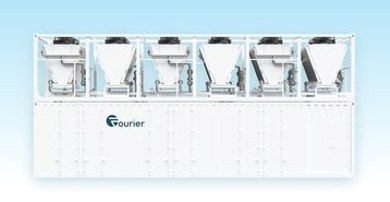
Microsoft deploys cluster of 4,600 Nvidia GB300 NVL72 systems for OpenAI
Microsoft has deployed a cluster of more than 4,6000 Nvidia GB300 NVL72 systems.
In a blog post, Microsoft revealed its new cluster featuring Nvidia Blackwell Ultra GPUs and the next-generation Nvidia InfiniBand network which is set to support OpenAI workloads.
According to the company, this is the "first of many," with Microsoft aiming to scale to hundreds of thousands of Blackwell Ultra GPUs across the company's AI data centers globally.
Each rack of the GB300 NVL72 consumes 142kW of power. It features 72 Nvidia Blackwell Ultra GPUs and 36 Arm-based CPUs, NVLink bandwidth of 130TBps, and up to 40TB of fast memory. Compared to the Blackwell GPUs, Blackwell Ultra GPUs have 2x the attention-layer acceleration and 1.5x more AI compute floating-point operations per second (flops) - up to 1.4 exaflops of FP4 performance.
Within the rack, the chips are connected via NVLink and NVSwitch, and between the racks, the company is using the Nvidia Quantum-X800 Gbps Infiniband to enable customers to scale up how many GPUs are used.
Additionally, Microsoft is using standalone heat exchanger units and facility cooling to minimize water usage, and the company is continuing to "develop and deploy new power distribution models" to support the clusters.
Microsoft claims the deployment is the first "at scale" Blackwell ultra cluster, though AI cloud provider Lambda revealed last month that it had deployed at least one GB300 NVL72 system.
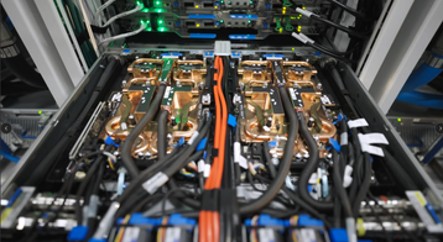
Johnson Controls invests in Accelsius
Johnson Controls has announced a “multi-million-dollar” strategic investment in two-phase direct-to-chip liquid cooling firm, Accelsius.
Texas-based Accelsius was originally founded in 2022 by Innventure to commercialize technology developed by Nokia's Bell Labs that had not been productized.
Its NeuCool system sees vaporators (also known as cold plates) mounted directly to targeted hot-spot chips. Dielectric refrigerant flows through the vaporators, where it nucleates into a vapor, which then travels to a CDU and condenses back into a liquid in a closed-loop system, then returning to the vaporator for additional cooling.
Direct-to-chip systems usually rely on water, which has a high heat capacity, but Accelsius is using a dielectric coolant, allowing it to boil in the circulating system to remove more heat.
Johnson Controls provides and deploys data center solutions across more than 150 countries. Its products include data center cooling tech under the Silent-Aire brand.
Accelsius has deployed its technology at several data center labs, and recently posted on LinkedIn that its NeuCool Thermal Simulation Rack is headed to London for deployment at Telehouse's new Liquid Cooling Lab. It has also deployed a cooling system to an Equinix lab in Virginia and at Park Place Technologies' new facility in Cleveland, Ohio.
Accelsius recently released a two-phase cooling reference design, developed in collaboration with Jacobs. The reference data center concept demonstrates that facilities planning to use single-phase direct-chip cooling could transition to two-phase systems without requiring complete facility redesigns.
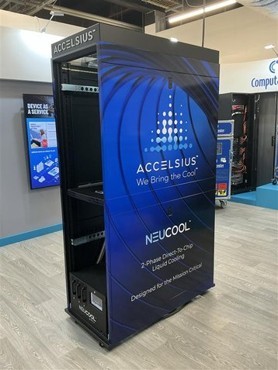
Corintis raises $24m to support development of microfluidic cooling systems
Swiss startup Corintis has emerged from stealth and raised $24 million in a Series A funding round.
The announcement was made in the same week Microsoft revealed it had developed an in-chip microfluidic cooling system, in collaboration with Corintis.
Led by BlueYard Capital with participation from Founderful, Acequia Capital, Celsius Industries, and XTX Ventures, this latest round brings the company’s total funding to $33.4 million. Additionally, Intel CEO and chairman of Walden International, Lip-Bu Tan, has joined the company’s board of investors, alongside Geoff Lyon, former CEO and founder of CoolIT.
The company says its technology combines simulation and optimization software with new manufacturing methods, resulting in a liquid cooling offering that is “adapted to the chip to bring the right liquid to the right location.” The system can be supplied as either a drop-in replacement to any liquid cooling system today, or integrated together with the chip, as ‘co-packaged cooling.’
One such deployment was with Microsoft, which published details of its project last week. The company claimed that a prototype version of the system, which pushes coolant through tiny channels etched into the chip, removed heat up to three times better than traditional cold plates, while also reducing the maximum temperature rise of the silicon inside a GPU by 65 percent.
With the coolant reaching the silicon, rather than a plate on top of the chip, it also means that it does not need to be as cold. This, Microsoft said, means less energy needs to be spent chilling the coolant, and that the waste heat will be at a higher grade, as much as 70°C (158°F), adding that, in the future, it could also allow for the development of 3D chips.
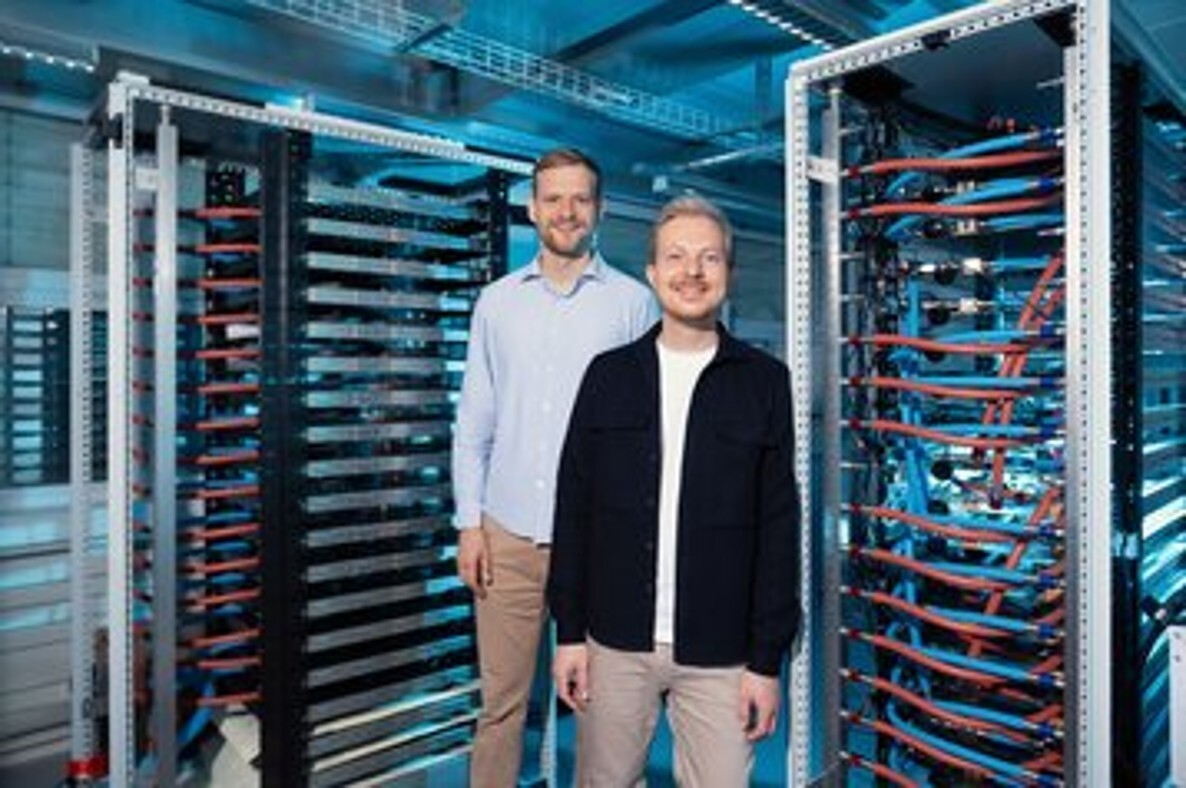
Engie provides chillers for data center customers in Netherlands and South Korea
The German cooling division of French utility Engie is to provide cooling equipment to data center customers in South Korea and the Netherlands.
Engie Refrigeration last week announced two new major orders from data center operators in Asia and Europe in recent months.
The firm said it would be supplying a total of 28 Quantum Air chillers with a total cooling capacity of 58.8MW to an unnamed data center in South Korea. The company said this was its sixth data center customer in South Korea.
In Europe, Engie is installing a total of 16 Quantum Water chillers with a total cooling capacity of 36.8MW at a site in the Netherlands for an unnamed international company.
Able to trace its roots back to the Sulzer company, founded in 1834, Engie Refrigeration offers cooling and heating products for industrial customers.
The company, a subsidiary of Engie Deutschland, offers air and water chillers for data center customers via its Quantum line of products. It has also previously served data center customers in Germany, the Netherlands, and the UK.
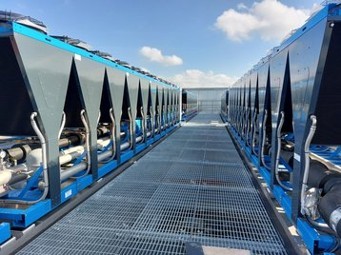
Microsoft to get 100,000 Nvidia GB300s under Nebius deal; has signed more than $33bn in capacity agreements with neoclouds
Microsoft has signed some $33 billion in compute capacity deals with new AI cloud firms (aka neoclouds) to meet AI demand.
As reported by Bloomberg, this figure includes the $19.4bn deal signed with Nebius in September, which will give Microsoft access to more than 100,000 Nvidia GB300 chips, according to people familiar with the matter.
Outside of Nebius, the company has signed capacity agreements with multiple GPU-as-a-Service providers, including the likes of CoreWeave, Nscale, and Lambda.
According to the Bloomberg report, this is part of a strategy to help cope with the shortage of AI capacity, and will enable Microsoft to free up its data centers for use by customers.
This week, Microsoft's CTO, Kevin Scott, emphasized the severity of the capacity crunch during the Italian Tech Week event.
According to unnamed sources, Microsoft's first foundation AI models built under consumer AI chief Mustafa Suleyman were trained at a CoreWeave data center near Portland, Oregon.
In addition, the neocloud capacity will be used to help Microsoft deliver AI services in those regions. Nscale, for instance, will be used for AI inference in Europe.
In comparison, Amazon and Google have not signed deals with neoclouds to the same degree. Google has leased some capacity from CoreWeave under a contract with OpenAI, but Microsoft is by far the largest adopter.

SoftBank's Graphcore announces $1bn investment in India, opens AI engineering campus in the country
SoftBank-owned Graphcore has announced plans to invest up to $1 billion in India over the next decade.
In addition to the funding announcement, the company said it has opened a new AI engineering campus in Bengaluru, southern India, creating 500 new semiconductor jobs in the region, including roles in silicon logical design, physical design, verification, characterization, and bring-up.
Since 2015, SoftBank has invested more than $12bn in India, the company said, adding that “Graphcore's engineers in Bengaluru will be developing semiconductor products for use by the world's leading AI practitioners - to help solve global challenges in drug discovery and public health, environmental sustainability, and to improve business productivity.”
Outside of India, the chip designer also announced that in the “next couple of years,” it would be doubling its headcount in the UK to around 750 people, mostly in silicon engineering, software, and AI engineering roles.
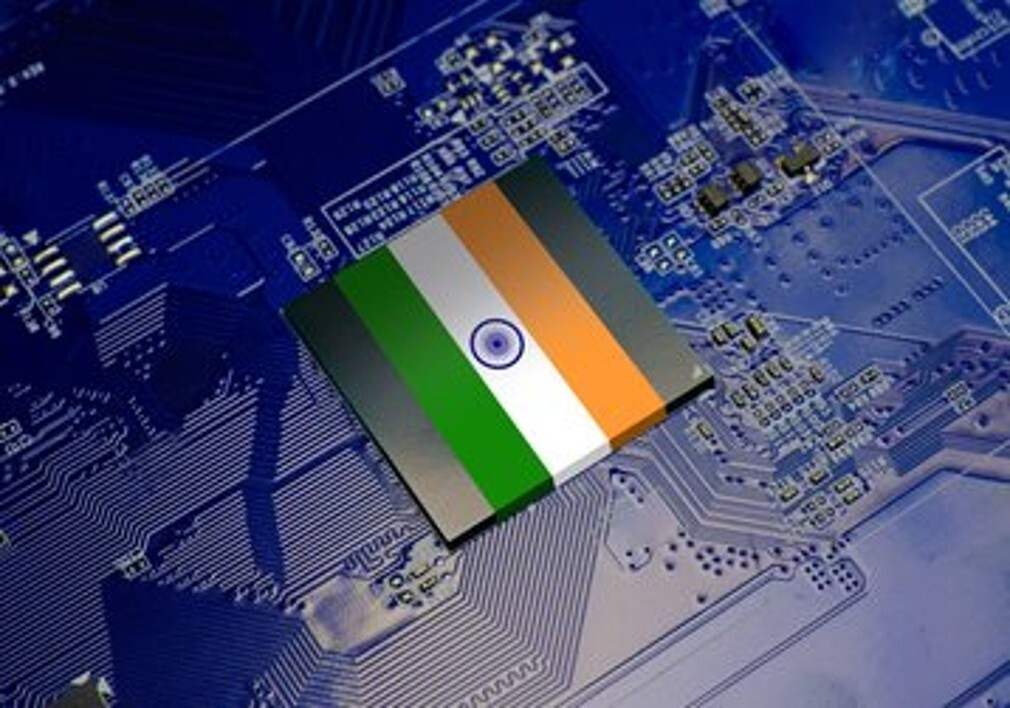
2025 OCP Global Summit-October 13–16, 2025
The theme for our 2025 OCP Global Summit, “Leading the Future of AI”, exemplifies the OCP Community's collaborations over the years that drive openness, efficiency, sustainability, scalability and growth, shaping the future of AI data centers, driving innovation across the global data center and edge technology ecosystem. With AI, the pace of technological evolution has increased dramatically and the collaborations within the OCP Community have become central to enabling a rapid AI data center buildout.
This 2025 OCP Global Summit will bring together industry leaders, innovators, and visionaries to share the latest advancements, forge new partnerships, and define the community developed standardizations that will power the AI-driven future. By embracing openness and inclusivity, OCP is not only meeting the needs of today’s AI transformation but also laying the foundation for a resilient and digital infrastructure.
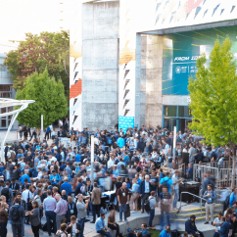
Leave A Reply
LOGO
This stunning beach house property is a true oasis, nestled in a serene coastal community with direct access to the beach.
Opening Hours
Monday - Friday : 9AM to 5PM
Sunday: Closed
Closed during holidays
Contact
+18888888888
hezuo@eyingbao.com123 West Street, Melbourne Victoria 3000 Australia

